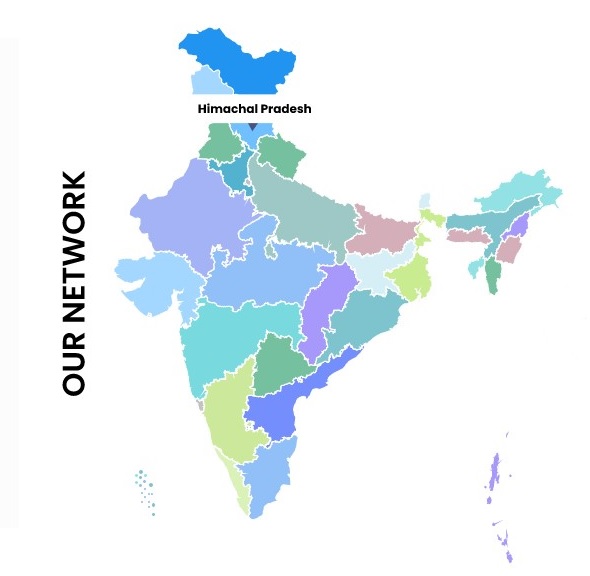Expression of Interest for Collobrative Research
In the past few decades, homoeopathic system of medicine has been able to spark scientific minds to explore the plausibility, action and nature of this system especially on basic and fundamental aspects. This increase in research activity is attributed to clinical efficacy & safety of homoeopathic medicines. Scientists are now keen to undertake experiments to learn the basic nature and action of homoeopathic medicines, which is evident from the growing number of publications every year from various countries. The Council, since its inception has been collaborating with various institutes of excellence to utilize the potential of the best of the brains, in order to yield the maximum results.
Some of the early research work done by the Council (1979 – 2002)include:
|
S.No. |
Collaborating Institute |
Study Title |
|
1. |
Banaras Hindu University |
Effect of 1000 & 10,000 potencies of Pulsatilla (A Homoeopathic drug) on Ovaries, Uteri and Arcurate Neurons in Albino Rats* |
|
2. |
Banaras Hindu University |
Morpho-Histological and Psychological Analysis of the Anti-Fertility Effects of Pulsatilla* |
|
3. |
All India Institute of Medical Sciences |
Effects of Homoeopathic Drugs in controlling Multiplication of Hepatitis-B Virus |
|
4. |
Nav-Chetna Drug De-addiction Centre, Varanasi |
Treatment of Drug Dependent’s with Homoeopathy – An Attempt |
|
5. |
Amla Cancer Hospital & Research Centre, Kerala |
Homoeopathic medicines Successful in Tumour Reduction |
|
6. |
ICMR |
An open trial with placebo control in the homeopathic management of clinical filariasis |
|
Trial with Homoeopathic Drugs in Microfilaraemia |
||
|
In-vitro study on the effects of homoeopathic mother tinctures on live, viable microfilarae |
||
|
A pilot study on Determination of cytokine (Tumour necrosis factor-alpha) during acute clinical events of filariasis |
||
|
Determination of bacterial growth in blood samples of patients of acute filarial and its homoeopathic management. |
A brief about these studies has been compiled in the form of a small book “Collaborative studies in homoeopathy” which can be procured from the section.
To cater to the growing need of basic research, Council has enhanced its initiatives on fundamental and collaborative research since 2005. The main objective of the collaborative studies initiated by CCRH since 2005 is to conduct evidence-based, inter-disciplinary basic research studies and to validate the efficacy/concepts of Homoeopathy on scientific parameters which requires infrastructure and /or expertise not available in the Council. To achieve its aims in this field, Council collaborates with various reputed institutes and has had 30 National and 03 International collaborations. 33 projects have been concluded in this field and 15 are ongoing.
Studies are aimed to understand the biological effect of homeopathic medicines; animal experimentation to assess anti-viral properties; physiochemical studies; standardization and optimization of the process of drug manufacturing and to know the presence of nano-particles in homoeopathic medicines.
These studies aim to understand the biological effect of homeopathic medicines; animal experimentation to assess anti-viral properties; physiochemical studies; to standardize and optimize the process of drug manufacturing and to know the presence of nano-particles in homoeopathic medicines.
CCRH has now taken a vital step to promote scientists for undertaking fundamental and basic research in collaboration by inviting them to submit proposal on pre-defined priority areas through Expression of Interest.
To download the EOI SCHEME Click here
A glimpse of work done by the section since 2005 is as follows
National Collaboration : Download
International Collaboration : Download
Ongoing Studies: Download







.png)

.png)





